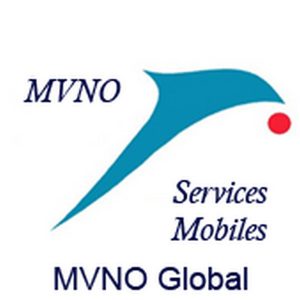
Car manufacturers and Silicon Valley giants are competing among themselves to be the first to roll-out commercially the autonomous car. One of the latest is Volvo who stated it will market its first range of autonomous car by 2021.
Let’ step back for a while, and try to understand what it means.
Intel CEO Brian Krzanich stated that an autonomous car generates 4000 GB of data per day, equivalent to 3000 average current users. All those data may not need to be transmitted in real time to the cloud, but a substantial part would need: autonomous driving is based on accurate and very data hungry 3D maps that would require to be updated in real time.
Robust, ubiquitous, low latency and high throughput car connectivity are therefore mandatory. How can that be achieved?
One solution is to use Wifi type of communications such as DSRC (Dedicated Short Range Communication). This could be a solution within urban areas where hot spots could be easily deployed but would require gigantic public funding and many years to equip the entire road systems.
As stated above the autonomous car marketed in 2021 would require permanent, ubiquitous car connectivity. In the countryside, there are only two ways to connect cars: satellite or cellular.
Even if satellite technology has made progress its costs are not compatible with data hungry services: look at the satellite phone store that present satellite offers: it is difficult to find plans with 1GB data costing less than USD 1000.
This leaves us with cellular technologies. And of course everybody is looking for 5G to deliver the autonomous vehicle promises: indeed 5G is thought as the high throughput, low latency network required by the IoT and the connected car.
However, 5G is not fully standardized yet, and there could be doubts on a quick roll out. As depicted in a recent study by Global Data, only 7 percent of all mobile subscriptions will be 5G-capable in Europe by 2022. The study explains that mobile operators are reluctant to aggressively roll-out 5G, as they have not had a return on investment on 3G/4G yet. They would like to keep marketing older technologies.
And the switch to 5G does not only necessitate to replace hardware in base stations: 5G is designed for high throughput and require base station equipment to be linked to the network with optical fibers: less than 40% of European base stations are linked with optical fibre. To implement 5G would require massive fibre optic upgrade that will take years due to civil engineering work.
So where does this leave us by 2021? Well, 4G would be available, and it provides quite interesting throughputs and low latency, anyway compatible with autonomous car requirements. For example, latest UK figures from Rootmetrics show that 4G signals are available 90% of the time in the UK for EE, the weakest operator being Three with 57% of availability time.
However, there are still two very tough challenges:
1-Ubiquity
A car by definition roams across the country, and easily penetrates a blind spot of the mobile operator network. However, this blind spot could be covered by a competing mobile operator; but as the subscription is with the single operator the car can not access another mobile operator network. A car should have the possibility to be always best connected, to access potentially the networks of several operators in a said region.
2-Cost:
The main challenge for car manufacturers may lie in the cost of the cellular data services. We are all aware how cost sensitive OEMs are, and data communication cost should be compliant with a data hungry autonomous car business model. As rightfully stated by Roger Lanctot from Stratey Analysis, the data collected to the cloud represent a huge number of new lines of services and profits for the OEM and their suppliers and the communication costs cannot just be passed to the end user.
Therefore OEM will need to deal with the cellular costs at a time MNOs would try to leverage their existing infrastructure and get a return on investment. We can anticipate quite depressing tariff discussions as OEM would have very limited leverage, and MNOs would not have incentive to adapt quickly their pricing downward in a way compatible with the autonomous car business model.
Time is now running short, but OEM would both need to build a negotiation leverage with MNOs and get accesses to several 4G MNO networks in a said country – and not through costly roaming arrangements, which by the way can not take effect in the home country, as it is legally forbidden.
The best way to achieve those goals is for OEMs to set their own Full Mobile Virtual Network Operator, that allow them to control their telecommunications services, connect to several mobile access networks in a single country and build a leverage with MNOs, as full MVNOs could switch MNO partners overnight.
The full MVNO model allows for a smooth addition of 5G capabilities when available, providing long term sustainability.
Eric Aroule
Georges-Harald Bernard
MVNO Global

Copyright
The entire contents placed on the MVNO-Global.com site is the exclusive property of Georges-Harald Bernard. All rights of reproduction or representation of these are reserved.